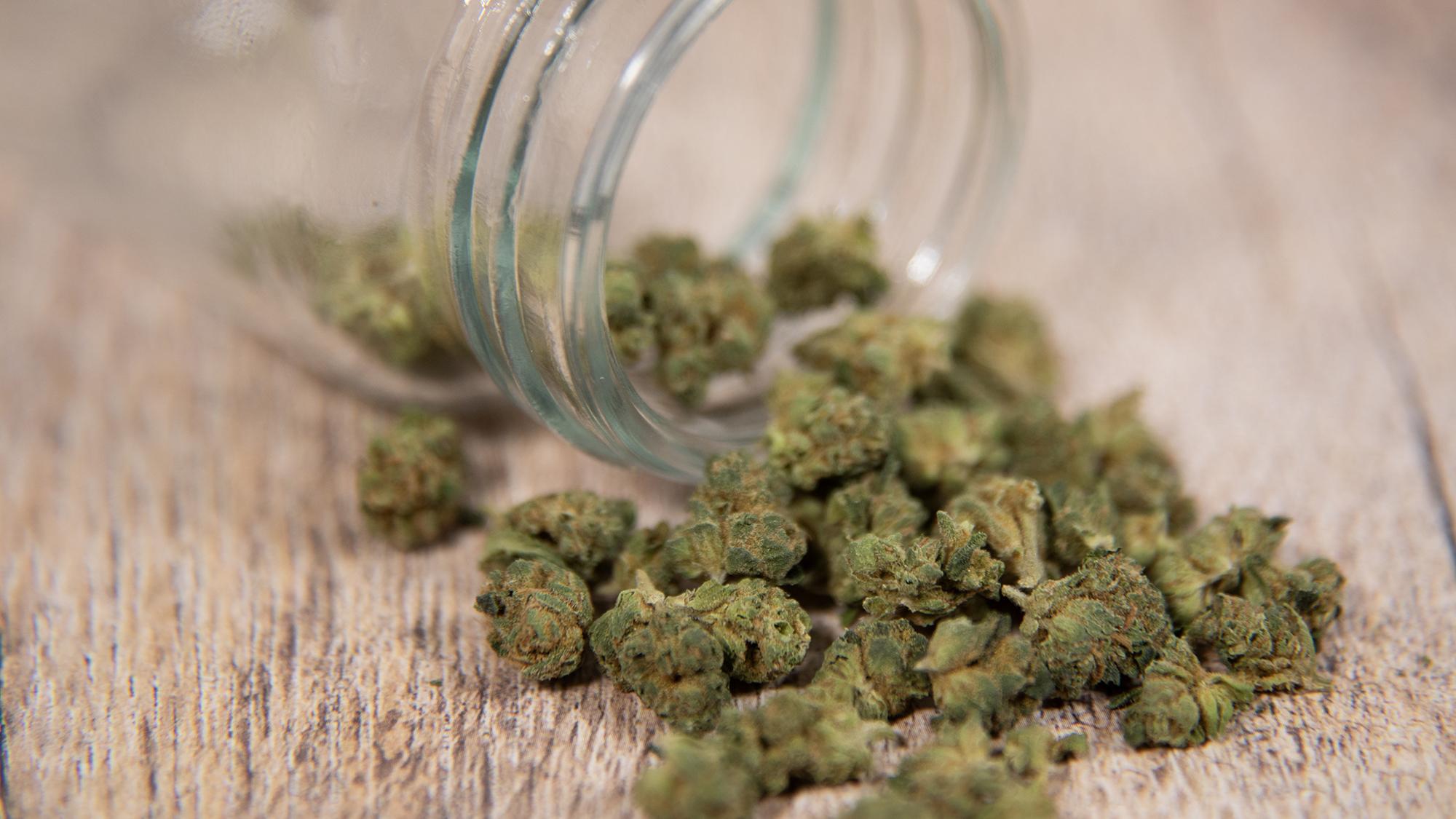Top producers today are doubling down on effect‑targeted genetics—selecting cultivars not simply for THC potency, but for consistent terpene profiles, aroma, and intended consumer outcomes like energy, relaxation, or focus. In 2025, strain innovation prioritizes flavor-first selections and full-spectrum phytochemical stability over vague sativa/indica labels, leveraging pheno‑hunting and stabilization to guarantee batch‑to‑batch predictability.
Some breeders are mining rare and heritage landrace genetics—versions of Afghan Kush, Colombian Gold, and Central Asian varieties—in limited runs to serve craft markets and connoisseurs seeking lineage, uniqueness, and aromatic depth.
Autoflowering and fast‑finishing cultivars: Speed, stealth, and repeatability
Autoflowering cannabis—with genetics derived from ruderalis—remains a major focus. These strains now deliver THC levels up to 25% or more, harvest in under 10 weeks from seed, and thrive in harsher climates or stealth builds. Growers prize them for cycle speed, predictable flowering, and space efficiency. Recent genetic stabilization has elevated autoflowers from novelty status to serious commercial viability.
High‑yield and climate‑adaptive genetics for sustainability
Leading R&D groups and seed houses are engineering cultivars to perform well in low‑energy, lower‑resource systems—such as greenhouse and regenerative soil grows. The aim is robust yield, disease resistance, shorter flowering periods, and adaptability to ambient light schedules. This supports sustainability goals and trims carbon and water footprints.
Smart breeding meets AI and precision farming
Modern cannabis breeding isn’t limited to manual selection. Growers integrate precision agriculture tools—sensors for light, CO₂, humidity, VPD, pH, and nutrient delivery—with AI systems to model how particular genetics will perform across variables. This speeds up stabilizing new cultivars with known cannabinoid/terpene expression and yield profiles. Some operations can predict harvest timing and potency in advance by combining genetic selection with automated environmental control.
Stabilized feminized regular hybrids and breeder professionalism
Commercial breeding is becoming more rigorous. As industry consultant Kenneth Morrow advises, elite breeders train via formal plant genetics programs at institutions like UC‑Davis, start with regular (male/female) seeds, stabilize them over generations, then produce feminized variants. This careful process ensures legitimate, reproducible cultivars that consistently deliver exceptional traits growers demand.
Why these genetic trends matter to elite cultivators
- Consistency sells. Buyers expect the same aroma, effect, and potency in each package. Stable genetics reduce risk.
- Speed and scalability. Autoflower and fast-finishing strains reduce cycle time, support multiple harvests, and help growers adapt to energy or labor constraints.
- Sustainability compliance. Regulations and carbon reporting now mandate reduced energy usage. Genetics tailored to lower‑input systems give growers a competitive edge, especially in states pushing for eco‑friendly compliance.
- Premium differentiation. Subtle terpene blends or rare regional landraces deliver craft premium pricing and elevated brand storytelling.
In summary, the cutting edge of cannabis genetics increasingly merges targeted terpene and cannabinoid breeding, rapid‑cycle autoflower stability, climate‑adapted high yield lines, and AI‑driven pheno selection. Growers who invest in genetics with built‑in consistency, efficiency, and eco‑performance are best positioned to thrive in the 2025 cultivation landscape.

